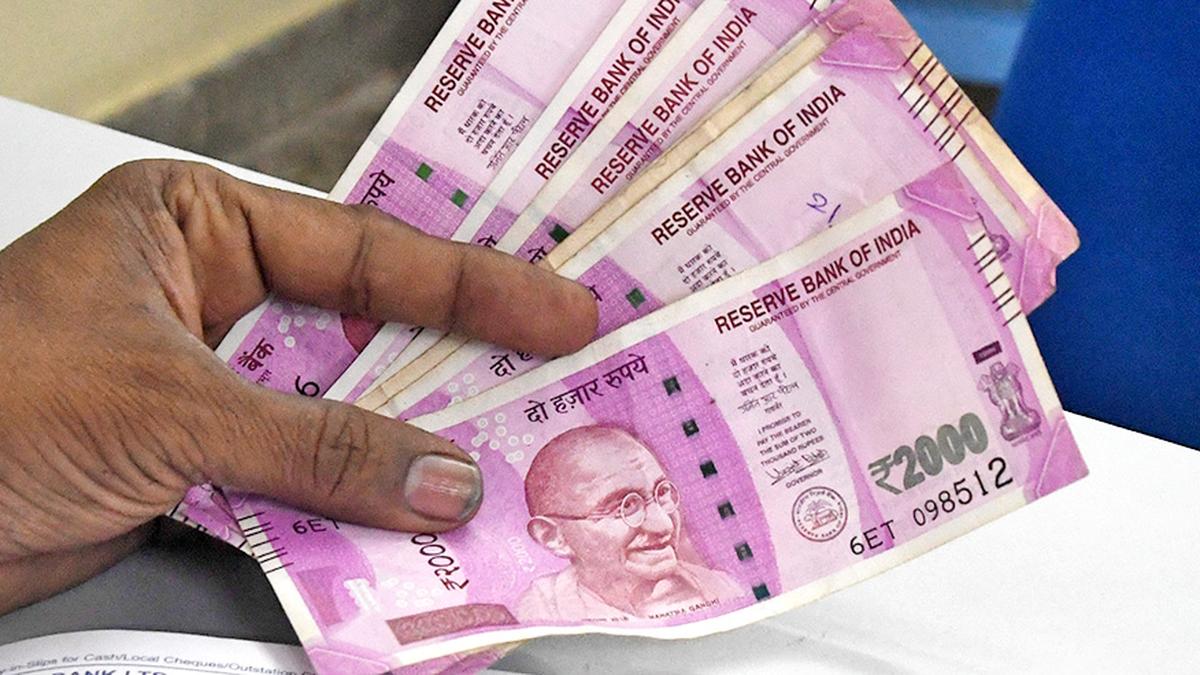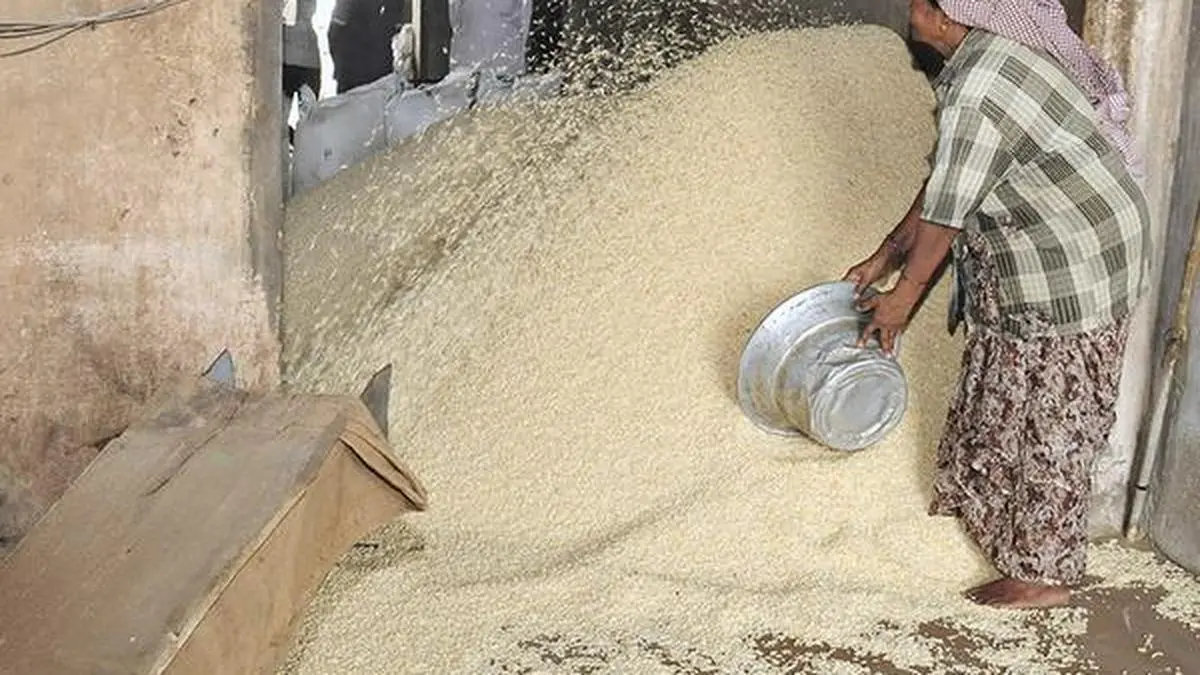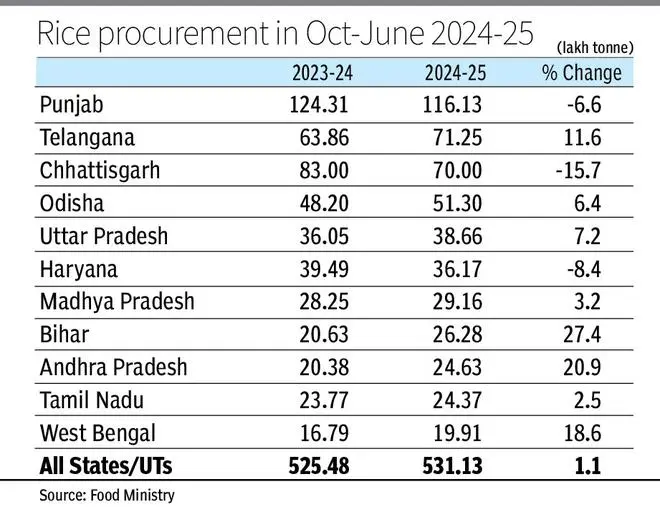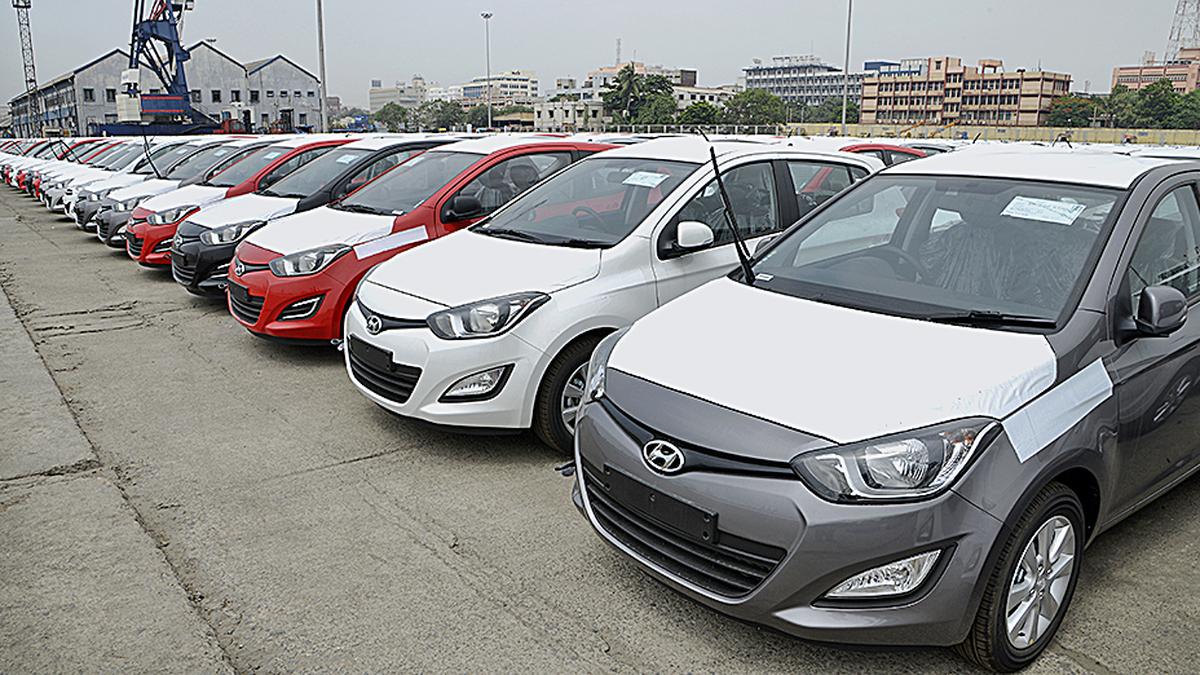Slowdown in demand for small/compact cars and price hikes by companies over the last three months has led to major auto makers including Maruti Suzuki India (MSIL), Hyundai Motor India (HMIL) and Tata Motors reporting decline in sales in June on yearly basis.
According to industry sources, passenger vehicle (PV) wholesales (dispatches to dealers) in the domestic market declined by 6.4 per cent year-on-year (y-o-y) to around 3.20 lakh units in June as compared with 3.42 lakh units in June 2024.
PV market leader MSIL reported a decline of 13.30 per cent in domestic dispatches to 1,18,906 units in June as compared with 1,37,160 units in the same month last year.
Nearly flat
“The slowdown in passenger vehicle sales is largely due to a sharp decline in the smaller segment cars. Historically, passenger vehicle sales used to grow at 1.5 times the GDP growth. But, now even after 6.5 per cent GDP growth, the car market is nearly flattish. This is because the once mass small car segment is not participating in the growth at all. This is clearly an affordability issue,” Rahul Bharti, Senior Executive Officer, Corporate Affairs, MSIL, said.
Since 2019, entry-level price point in the industry has jumped by over 70 per cent, he added.
HMIL reported a decline of 12 per cent y-o-y in June to 44,024 units as compared with 50,103 units in June last year.
“In the domestic market, the geopolitical situation continued to affect the market sentiment with domestic sales registering 44,024 units in June 2025. As we come closer to the beginning of production at the Talegaon (Maharashtra) plant, we remain cautiously optimistic about a gradual recovery of demand, supported by reduction in repo rates and improving liquidity on account of cut in CRR,” Tarun Garg, Whole-time Director and Chief Operating Officer, HMIL, said.
‘Harrier’ maker Tata Motors also reported decline of 15 per cent y-o-y in its domestic dispatches to 37,237 units in June as compared with 43,624 units in the corresponding month last year.
“The electric vehicle segment emerged a bright spot, driven by robust growth and the launch of new EV models across original equipment manufacturers (OEMs), enhancing customer interest and consideration,” Shailesh Chandra, Managing Director, Tata Motors Passenger Vehicles and Tata Passenger Electric Mobility said.
Looking ahead, while overall industry growth is expected to remain subdued, Tata Motors is well positioned to leverage its new launches to outperform across segments including hatchbacks and SUVs, while continuing to build on the EV momentum, he added.
However, led by continued demand for its products like Thar Roxx and XUV series, utility vehicles maker Mahindra & Mahindra (M&M) said it has dispatched (to dealers) 47,306 units in June, up 18 per cent year-on-year as compared with 40,022 units in the same month last year.
“In June, we achieved SUV sales of 47,306 units, a growth of 18 per cent, and total vehicle sales of 78,969 units, a 14 per cent growth compared to the same month last year. The quarter ended on a very positive note for us, marking the highest quarter ever for SUVs,” Nalinikanth Gollagunta, Chief Executive Officer, Automotive Division, M&M, said.
Toyota Kirloskar Motor (TKM) also has maintained its sales momentum and recorded a growth of around three per cent y-o-y in June 2025 by selling 26,453 units in the domestic market as compared with 25,752 units in the same month last year.
‘Windsor’ electric car maker JSW MG Motor India reported monthly sales of 5,829 units in June 2025, registering a growth of 21 per cent YoY.
The company is gearing up for the launch of its first luxury offering in India – the MG M9, Presidential Limousine, closely followed by the MG Cyberster – the world’s fastest MG. These two bespoke products will be exclusively offered through JSW MG Motor India’s new luxury sales channel – MG Select, the company said.
In the two-wheelers segment, ‘Apache’ maker, TVS Motor Company reported domestic sales growth of 10 per cent y-o-y to 2,81,012 units last month as compared with 2,55,734 units in June 2024.
Royal Enfield reported dispatches of 76,957 units in June, a jump of 16 per cent y-o-y as compared with 66,117 units in the corresponding month last year.
“We saw strong double-digit growth in June, reflecting the steady momentum we have built across markets. Our motorcycles continued to perform well not just in India but in several key global markets, driven by a growing community of riders who resonate with our brand and purpose,” B Govindarajan, Managing Director, Eicher Motors, and Chief Executive Officer, Royal Enfield, said.
However, Bajaj Auto reported a decline of 16 per cent y-o-y in its domestic dispatches to 1,49,317 units in June as compared with 1,77,207 units in June 2024.
Published on July 1, 2025





